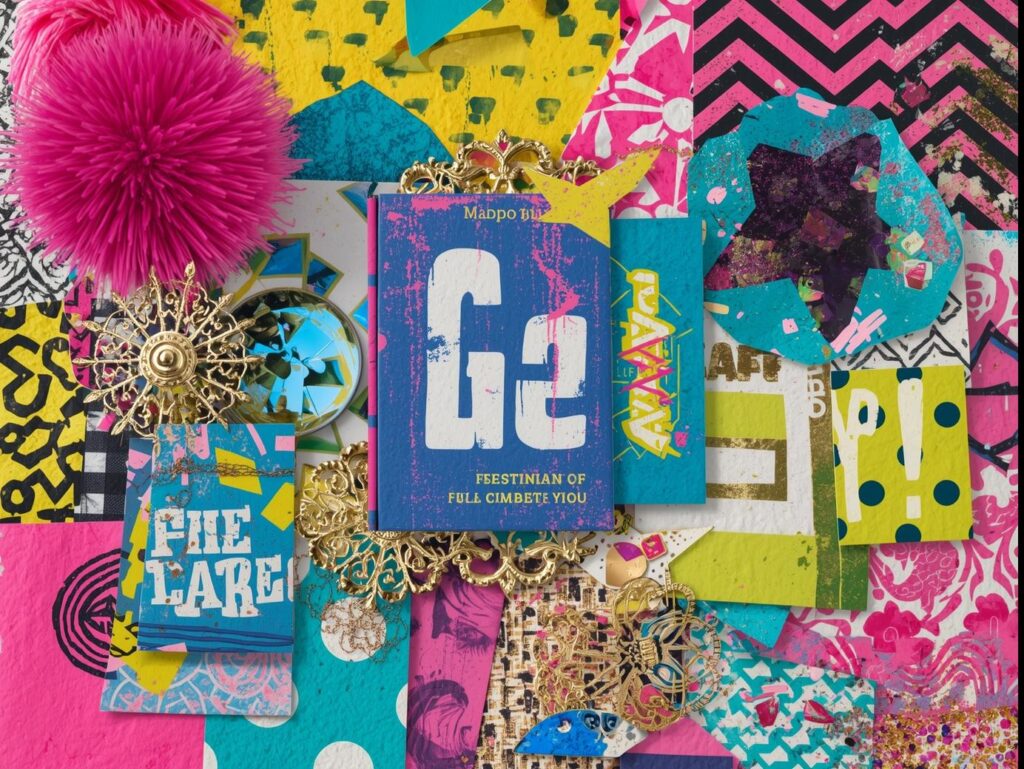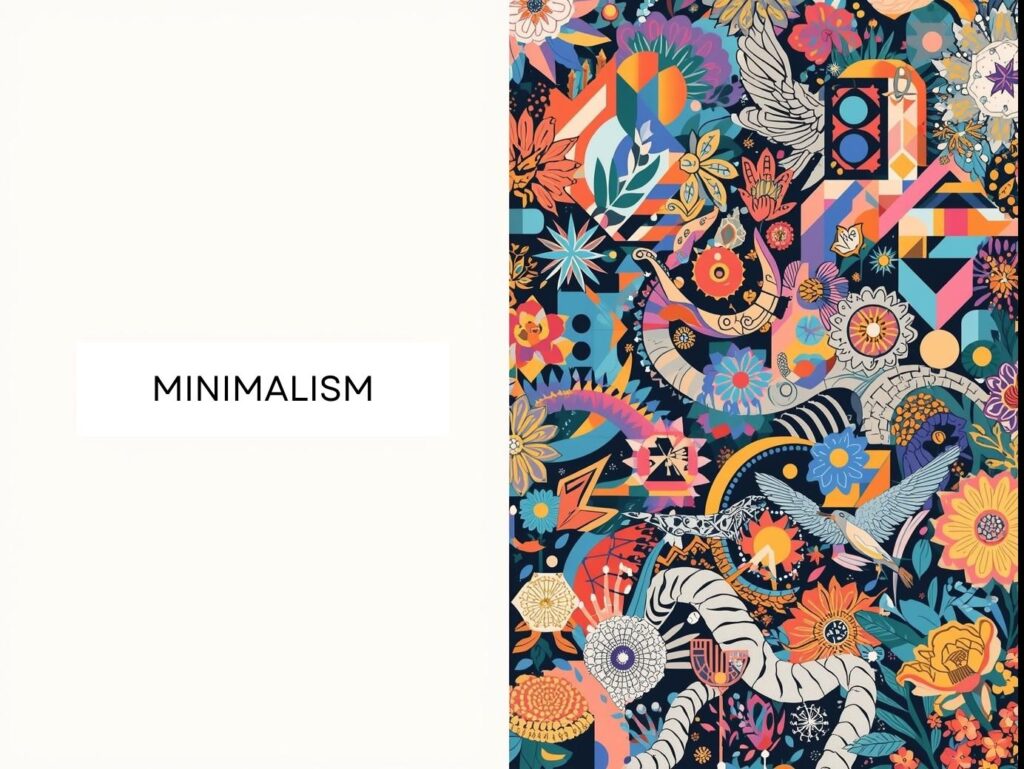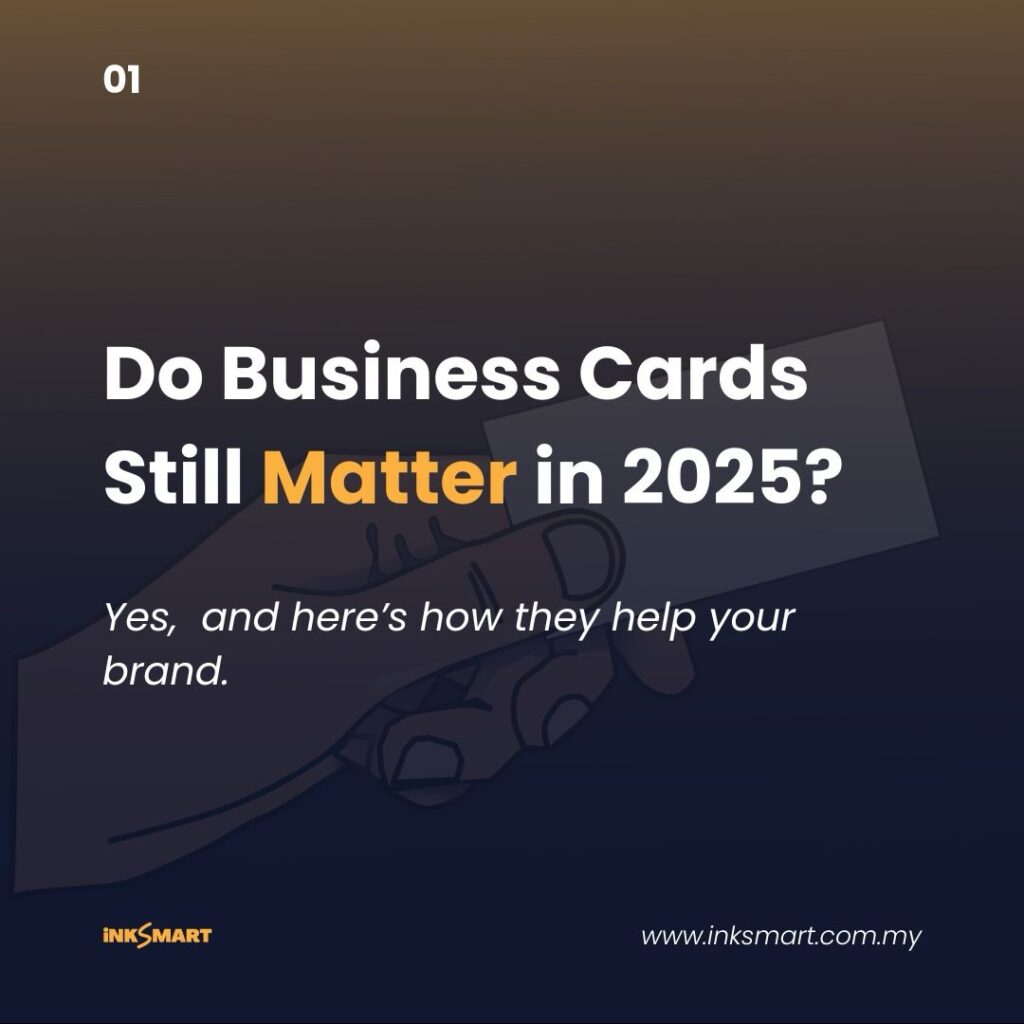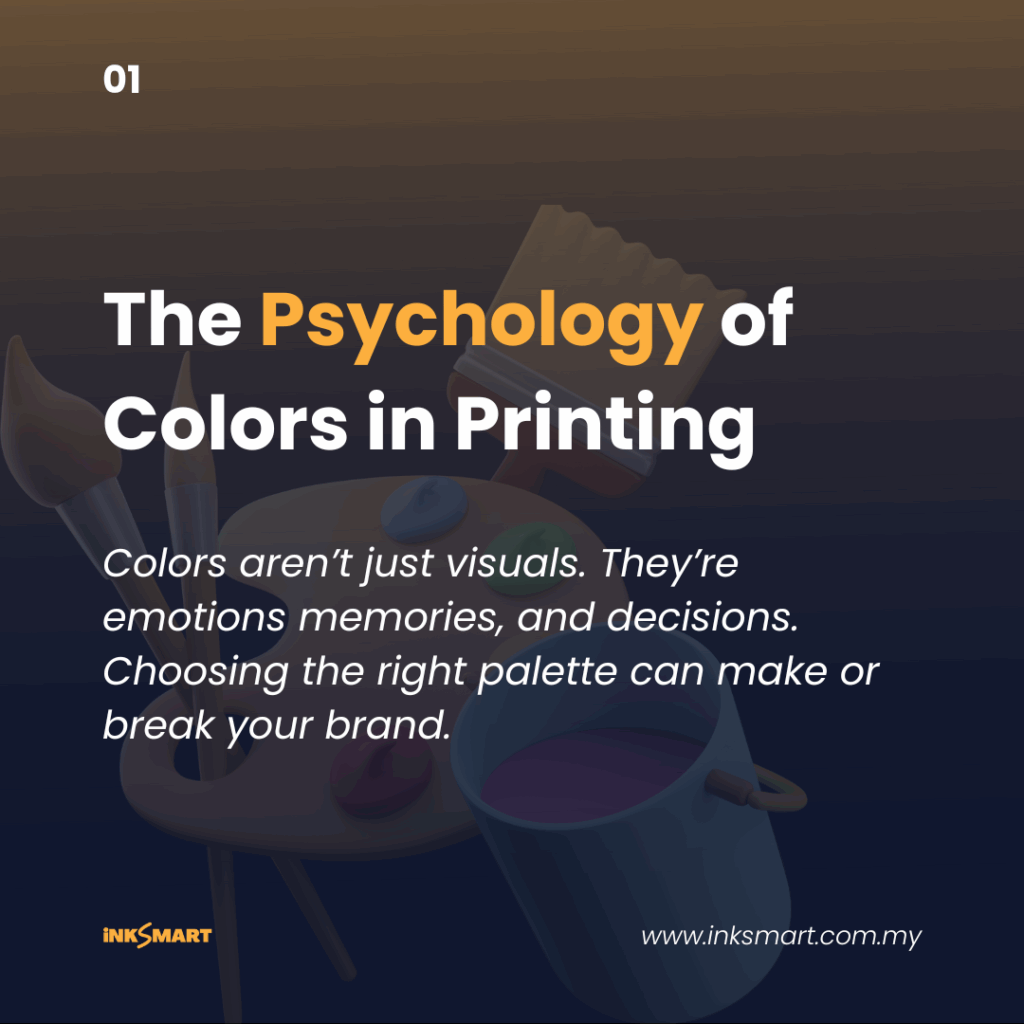Minimalist vs Maximalist is the hottest design debate. Learn which trend fits your brand’s personality, audience, and goals in this guide.
When it comes to branding, one of the biggest choices you’ll face is how your brand should look and feel. Some businesses thrive with a simple, uncluttered style, while others shine when they go bold and expressive. This often leads to the big question: Minimalist vs Maximalist: which design trend truly fits your brand?
Let’s walk through both styles together and see how each one works, so you can decide which direction makes the most sense for your brand’s personality.
What is Minimalist Design?

Minimalist design follows the idea that “less is more.” It uses clean layouts, simple color palettes, and just enough detail to get the message across. Nothing extra, nothing distracting.
Think of brands like Apple or Muji. Their design feel calm, sleek, and timeless. That’s the beauty of minimaluism. It doesn’t shout, but it leaves a lasting impression. It’s also highly practical because a minimalist logo, website, or packaging design usually works well everywhere, from a tiny mobile screen to a huge billboard.
But here’s something to keep in mind: minimalism, if not handled carefully, can sometimes feel a little too plain or even cold. If your brand is all about energy and fun, this style might not fully capture your personality.
What is Maximalist Design?
Now, let’s look at the opposite side: maximalist design. Instead of stripping things down, maximalism layers things up. it celebrates color, patterns, textures, and bold typography. Where minimalism whispers, maximalism sings loudly and proudly.

You’ve probably seen this in brands like Gucci or MTV. Their visuals are loud, playful, and impossible to forget. This style works especially well for industries like fashion, lifestyle, and entertainment. Places where standing out and making a strong statement is the goal. Of course, there’s a balance to strike. Too much maximalism, without thoughtful design, can feel cluttered and overwhelming, but when done well, it creates an unforgettable brand presence.
Minimalist vs. Maximalist: How Do You Choose?
So, which one should you choose for your brand? Here’s where we slow down and think carefully.
Start with your brand values. If your business is built on trust, calmness, or innovation, minimalism might align better. If your brand is lively, bold, and full of personality, maximalism could be the right match.
Then, consider your audience. Are they drawn to simplicity and clarity, or do they love expressive visuals and unique details? Your audience’s preferences often tell you more than any design trend.
Next, look at your industry. Many tech and healthcare companies lean toward minimalism because it communicates clarity and professionalism. Meanwhile, industries like fashion, lifestyle, and entertainment often embrace maximalism to express creativity and excitement.
And finally, think about practicality. Minimalist branding tends to be easier to adapt across different media, while maximalist branding shines when you want to tell a story or show off personality in detail.
Can You Blend Both?
Here’s a secret many successful brands use: you don’t always have to pick one side. Some brands builds a minimalist foundation: clean layouts, simple structures and then add a touch of maximalism with bold colors, playful typography, or artistic details.
This way, you get the best of both worlds. Your brand stays versatile and professional, but it also has enough character to grab attention when needed.
Final Thoughts
When it comes to Minimalist vs. Maximalist design, there’s no universal winner. The best choice depends entirely on your brand’s values, your audience, and the kind of message you want to send.
If you want your brand to feel calm, reliable, and timeless, minimalism may be the way to go. If you’d rather express energy, creativity, and individuality, maximalism might fit like a glove, and if you’re somewhere in between, blending both approaches can give you the balance your brand needs.

At the end of the day, the most important thing is that your design feels authentic. When your visuals reflect your true brand personality, you’ll connect your audience in a way that feels natural and that’s what great branding is all about.

